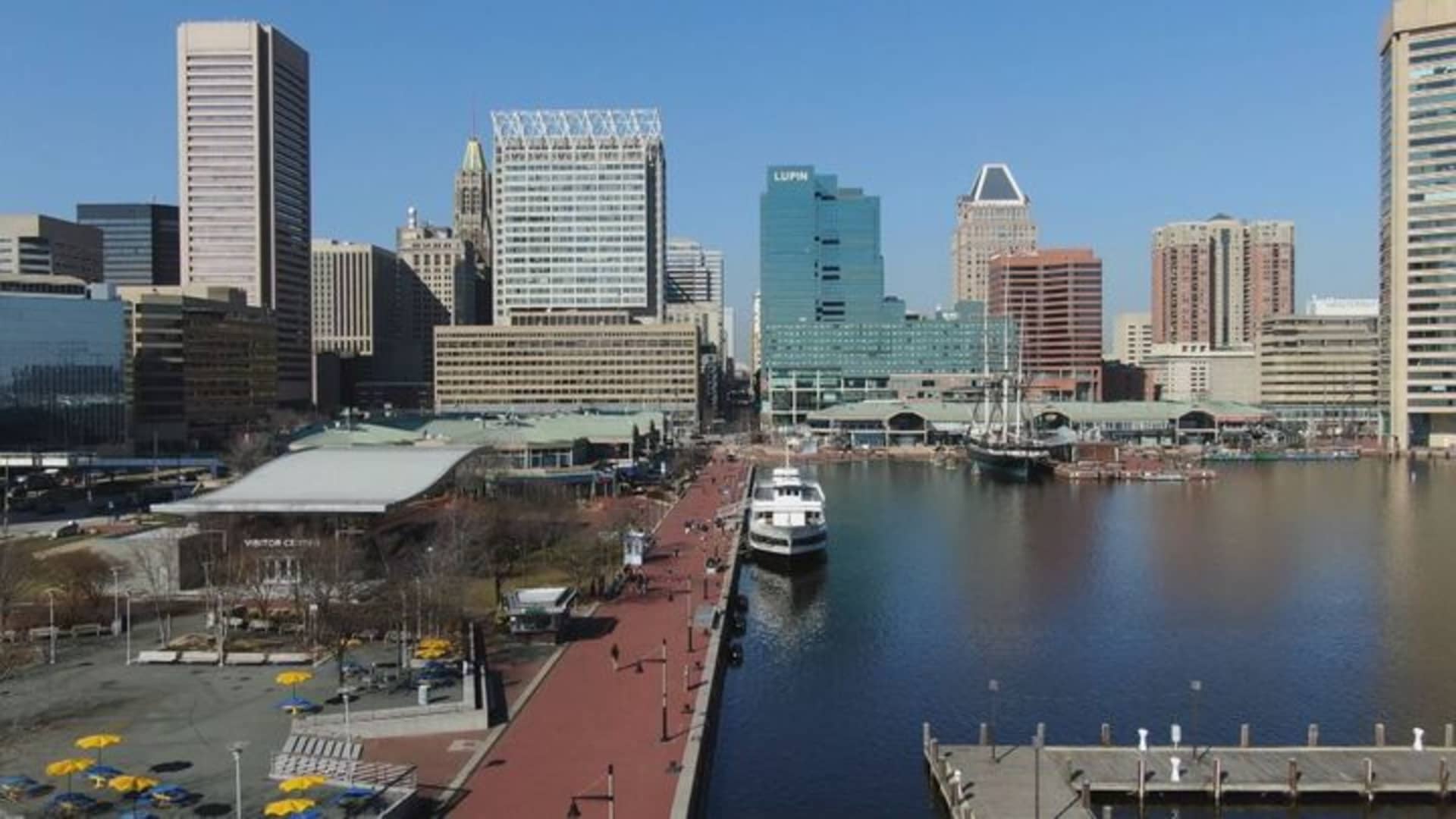A new study shows that coastal communities may be more at risk from sea-level rise than previously thought. That could have profound impacts on real estate, infrastructure and the U.S. economy.
The sea level is rising as the earth heats and glaciers melt. At the same time, land is sinking—another detrimental result of climate change. According to a new study from Virginia Tech and the U.S. Geological Survey, it is sinking as much as five millimeters a year in some areas. Sea-level rise is about three millimeters a year.
“What we found is that most of the land around the United States, and actually globally, is subsiding, is going down. And this downward motion is increasing the rate of the relative sea level rise at many locations around the world, specifically along the east coast of United States,” said Manoochehr Shirzaei, Associate Professor of Geophysics and Remote Sensing at Virginia Tech.
Shirzaei and his team used space-based radar satellites to build digital maps of land over many years to see where it is sinking most. They then built the first high-resolution maps of this, showing east coast land sinking anywhere from two millimeters to five millimeters per year—affecting more than 2 million people and 800,000 properties.
The study says that, when you add the sinking of the land to sea level rise, it doubles the frequency of flooding and cuts the time that cities and coastal residents have to prepare in half. That has consequences on the flood adaptation strategies that have already been developed. Areas including New York’s JFK and LaGuardia airports are seeing land sink at more than 2 millimeters per year.
“So with sea level rise for example, at the rate of five millimeters per year, we have X number of years into the future to deal with that, to prepare for that doubling of the flooding frequency. Now imagine the same location land is subsiding at a rate of five millimeters per year,” he said.
In Baltimore, Maryland, so-called nuisance flooding is becoming more and more prevalent, due to sea-level rise and sinking land.
“When you have nuisance flooding, it’s basically saying it’s an inconvenience,” said Grace Hansen, coastal planner for the City of Baltimore. “But when you think of the promenade here as flooded, you know, some people can’t get to businesses or they can’t get to work.”
Coastal Baltimore is sinking by more than two millimeters per year, according to the study.
“And to me and you that doesn’t seem like a lot by any means, but what becomes an issue is when it’s not uniform, and you can have building foundation sinking faster than the other side of the building, and that’s where you’ll see the foundation is not stable,” said Hansen.
Why is land sinking?
Climate change is causing drought, forcing us to pump more groundwater and build more dams to store water.
“Warmer temperatures and lower precipitation increase the demand for fresh water and the main source of that in most places is groundwater. So we pump the groundwater to meet that demand and this accelerates the land subsidence or sinking of the land due to the compaction of the aquifer,” Shirzaei explained.
In addition, dams are built to save water and generate electricity. In the transition to cleaner energy, electricity demand is increasing dramatically. These dams reduce the supply of sediment to coastal areas and cause them to be sediment-starved. As a result, the land sinks even further.
“In terms of groundwater extraction, that is primarily one of the reasons why Baltimore is sinking,” said Hansen.
More than six dams surround Baltimore.
Even as water becomes more scarce, Shirzaei says we need to mitigate the sinking of the land in the next decade, or it will severely impact the integrity of buildings and infrastructure.
“It would affect bridges, pipelines, railways, runways of airport, and that will translate into trillions of dollars of loss and cost of the repair,” he said.
Some of Shirzaei’s suggestions include recycling water by treating wastewater and sewage, putting wider restrictions on water usage, especially in landscaping, and capturing rain and banking it better. One project in Virginia is pumping groundwater back into aquifers and treating it in wastewater plants.
Whatever the option, he says, the sinking needs to stop.
CNBC Senior Producer Erica Posse contributed to this piece.
